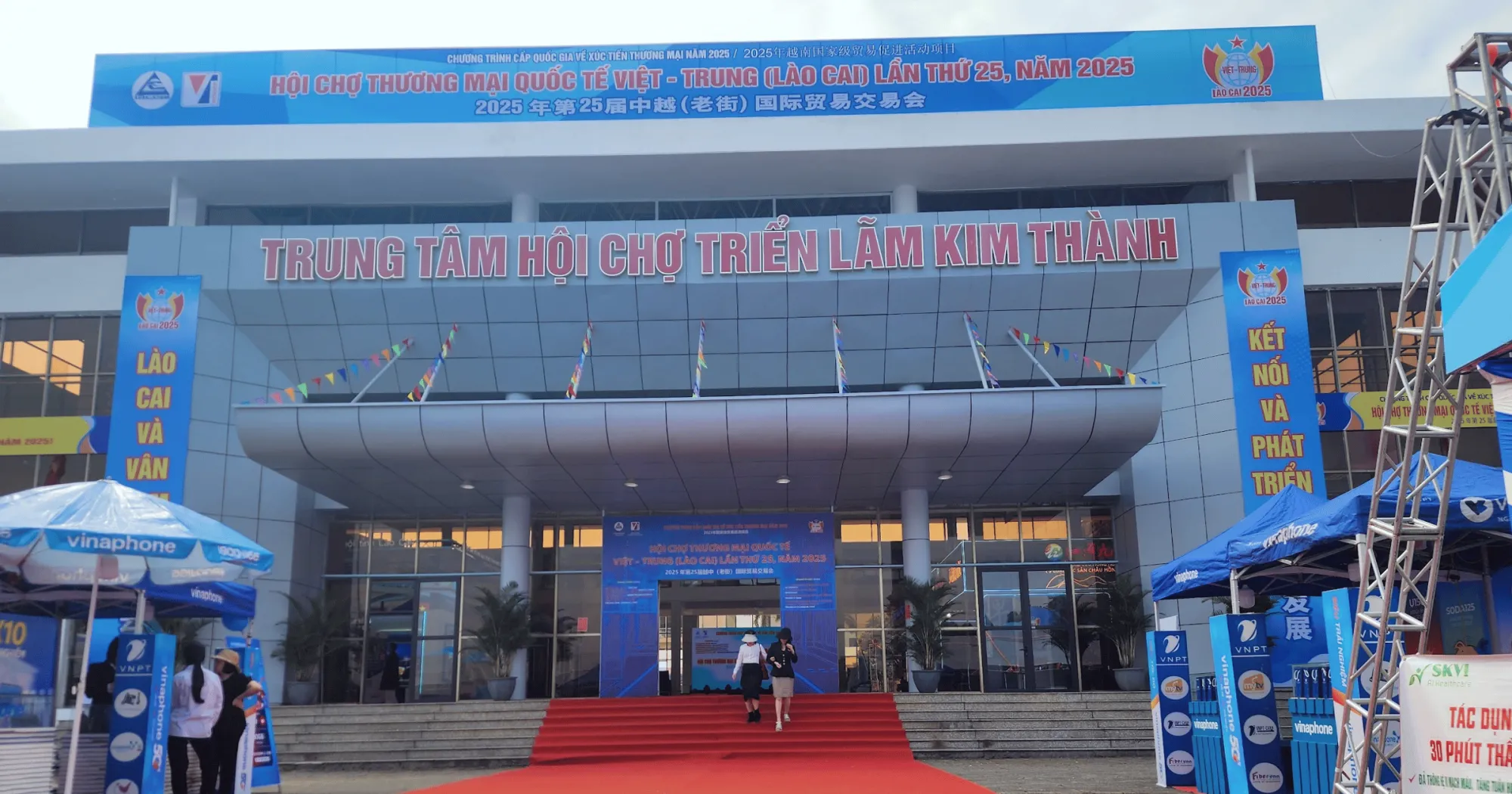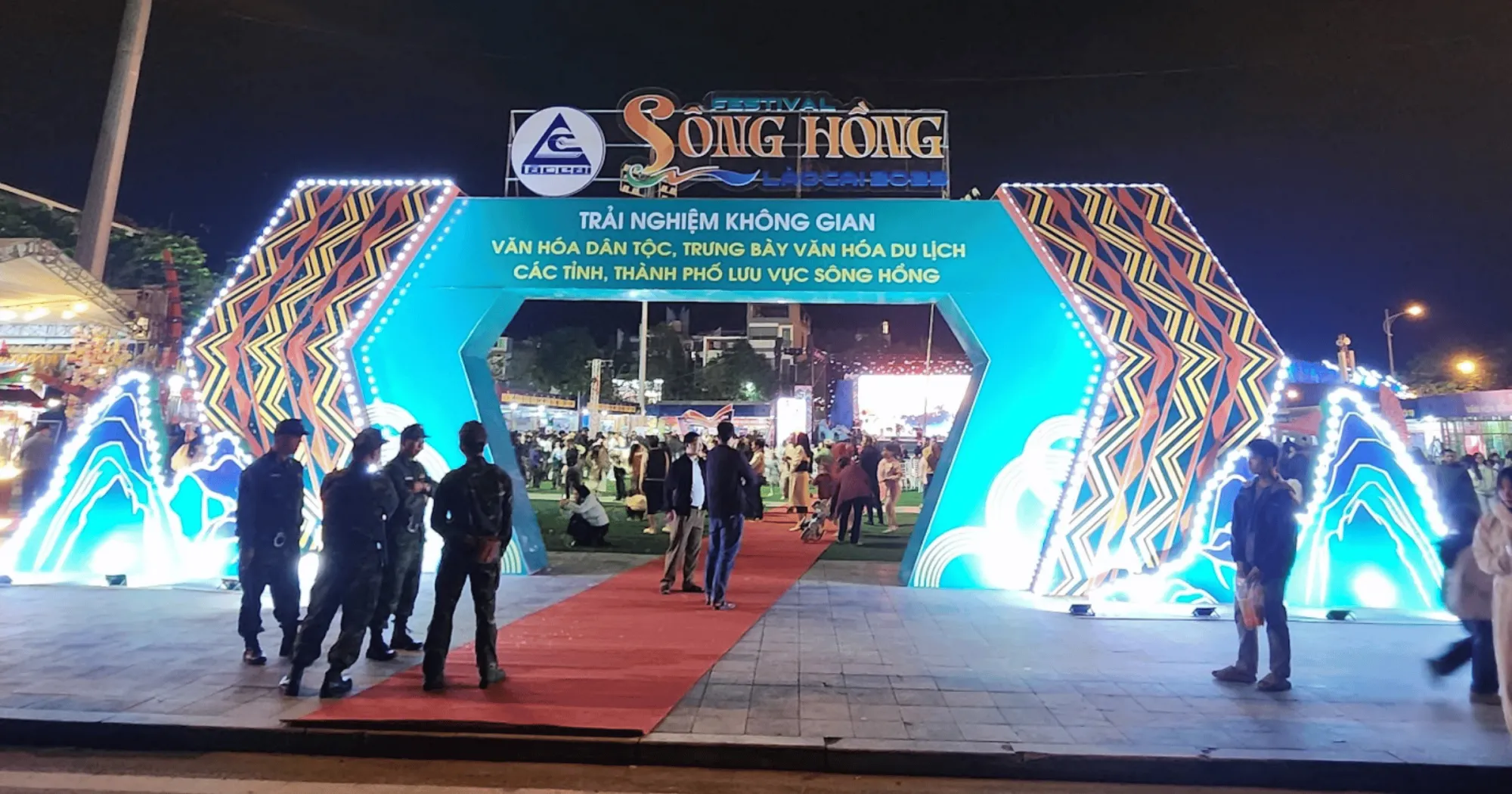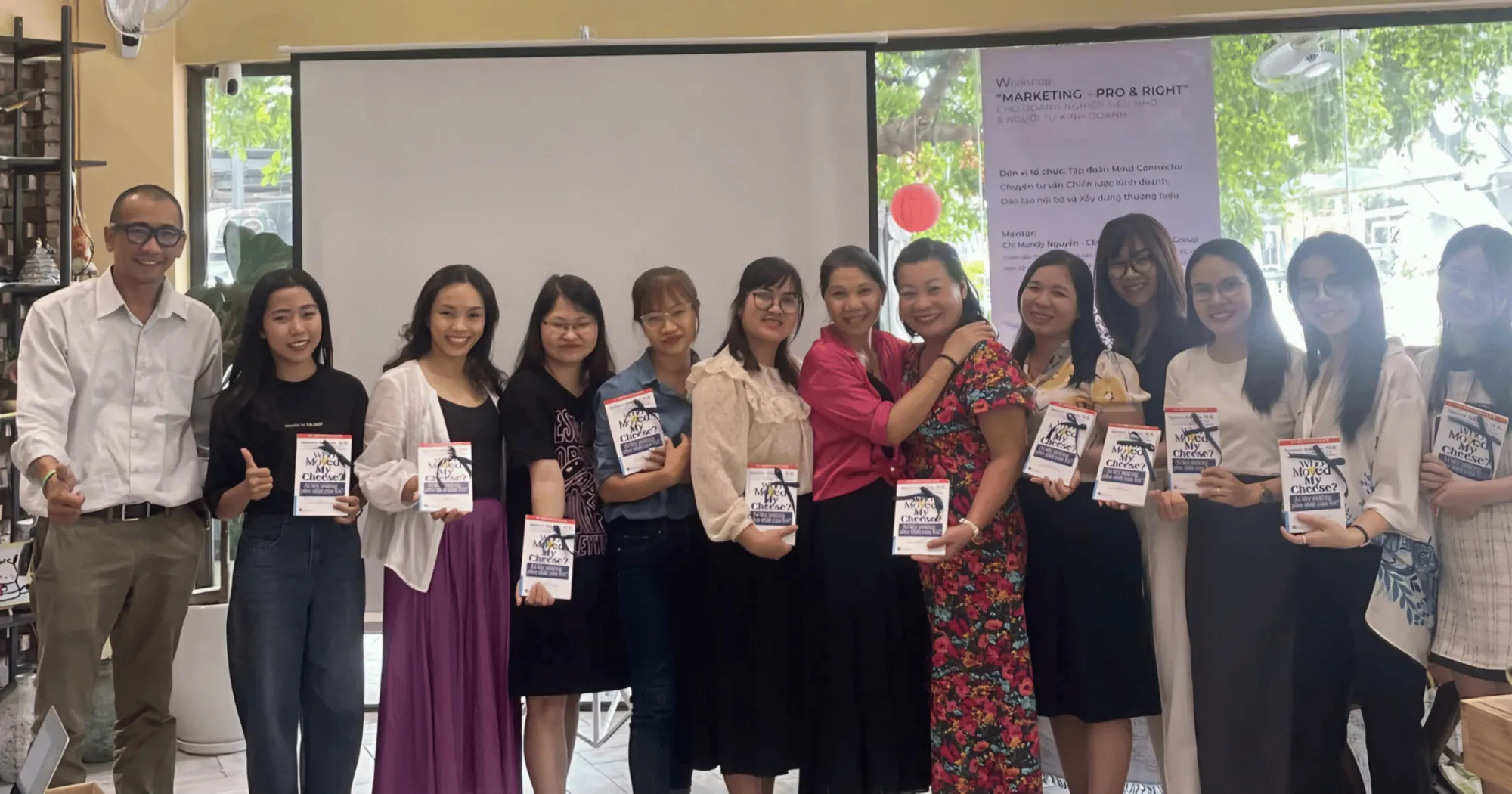Vietnamese ginseng has long been known as a precious gift, reserved for the upper class, of high value and often only appearing on special occasions. However, in recent years, with efforts to popularize this product, ginseng has gradually entered the lives of ordinary consumers. From tea bags, lozenges, to mini ginseng extract products, Vietnamese ginseng is gradually changing its image from a high-end gift to a potential consumer product for every family. However, this transformation also raises a big question: Will the quality of ginseng be affected? And how will people’s consumer psychology change when ginseng becomes a daily product?
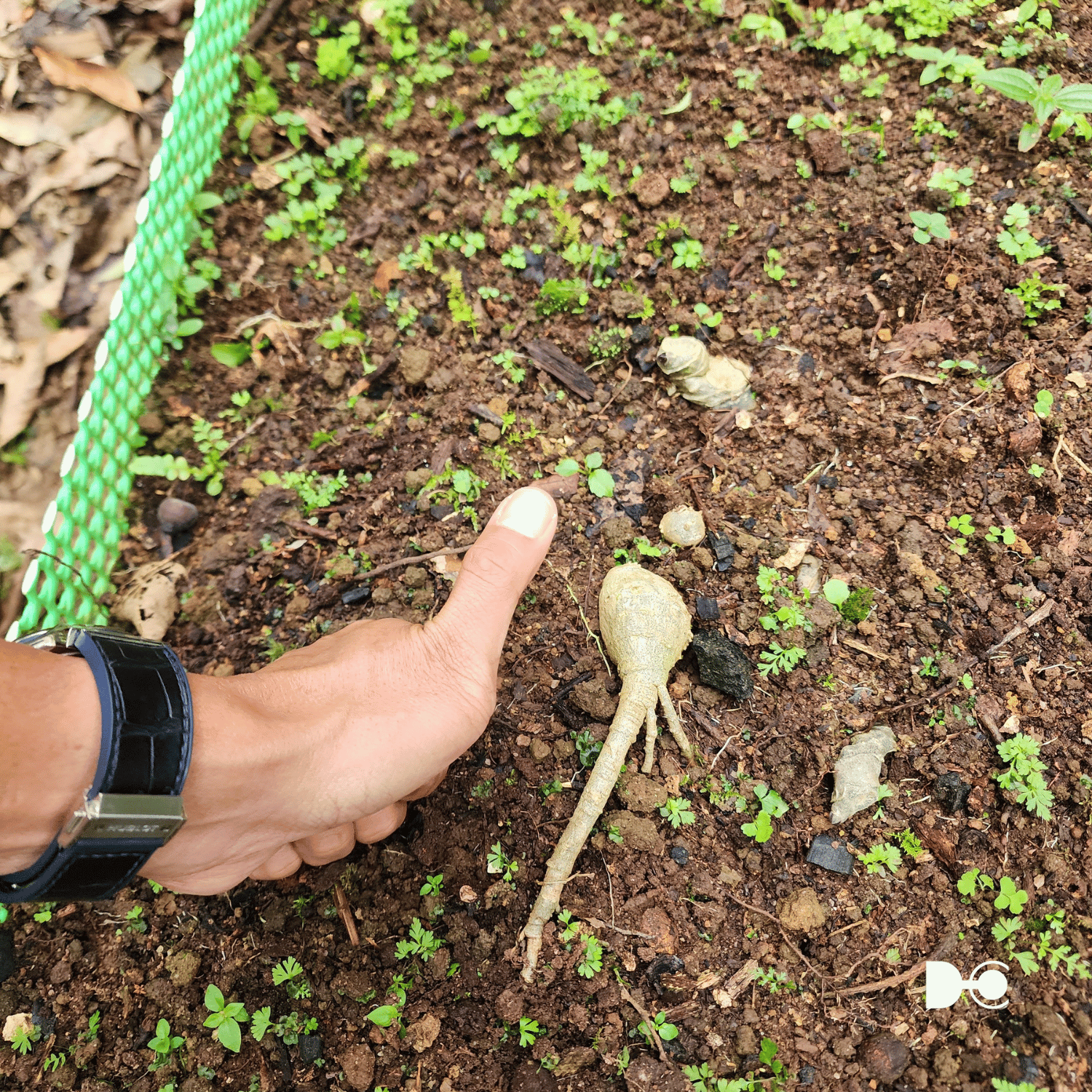
Looking back at how ginseng was once positioned: Expensive product, used as a “gift”
In the past, ginseng, especially Ngoc Linh ginseng, was often known as a high-end product, only for families with conditions. These types of ginseng are not only valuable but also associated with the image of luxury, being a gift during holidays or important events.
Therefore, ginseng is not a widely consumed product in daily life. In fact, for many families, ginseng only appears during holidays, Tet, or as a gift for elders and partners. With prices that can reach tens of millions of VND per kilogram, owning Ngoc Linh ginseng or ginseng extract products from this ginseng is almost impossible for people with average incomes.
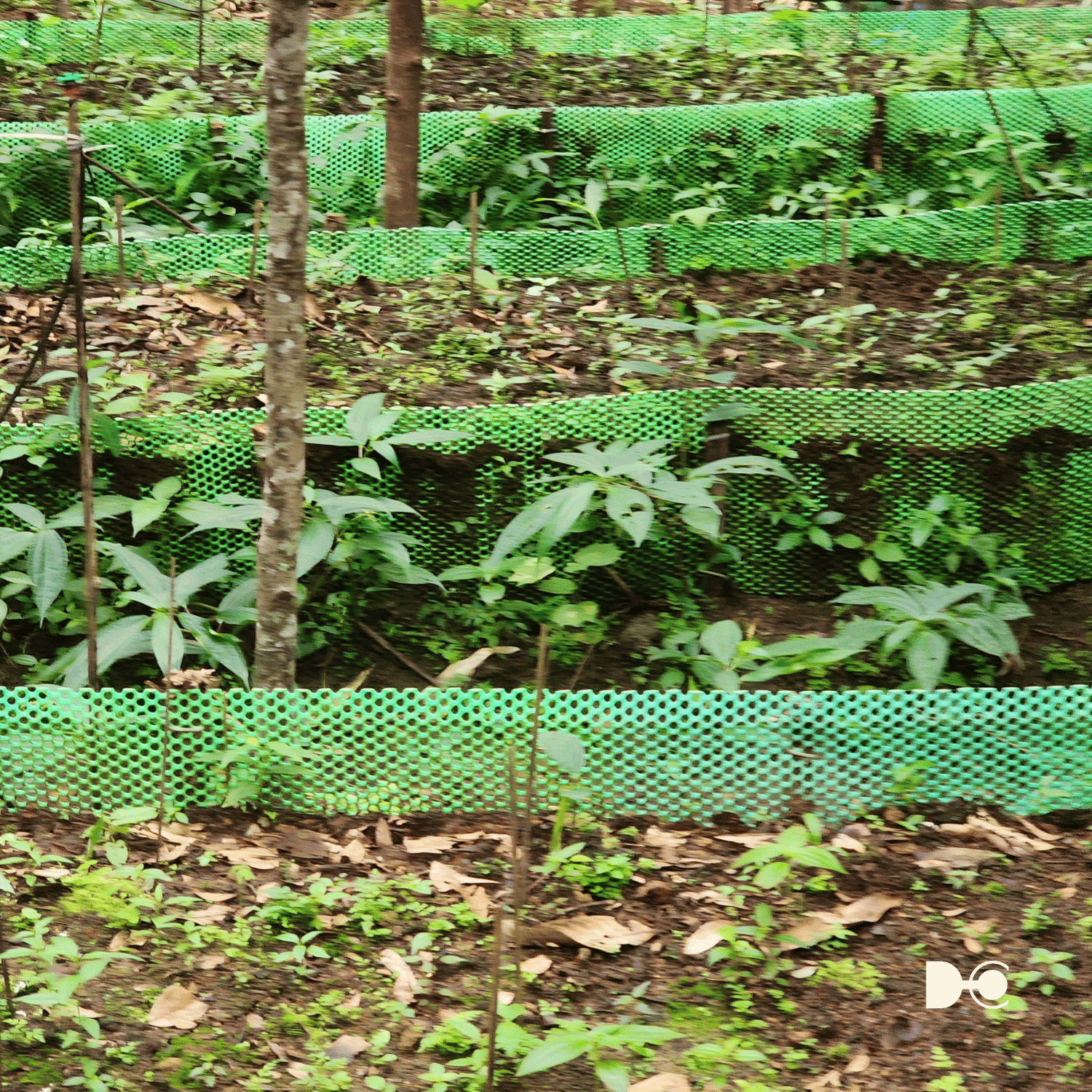
Initial efforts to popularize ginseng: Tea bags, lozenges, mini ginseng extract
Recognizing the social stratification in ginseng consumption, manufacturers have begun to take steps to “popularize” ginseng. Products such as ginseng tea bags, ginseng lozenges, or mini ginseng extract have begun to appear on the market with the aim of bringing more convenience and accessibility to ordinary consumers.
These products not only help reduce costs but also create new forms of consumption, suitable for the needs of urban families. Ginseng tea bags, for example, are more affordable, only from 30,000 to 100,000 VND per box, making it easy for consumers to try without worrying about the product’s value. Ginseng lozenges have also become a popular choice, especially in households with elderly people, where the demand for health support products is very high.
Mini ginseng extract, a concentrated product, is also an interesting choice for consumers to use economically while still ensuring the health benefits of ginseng.
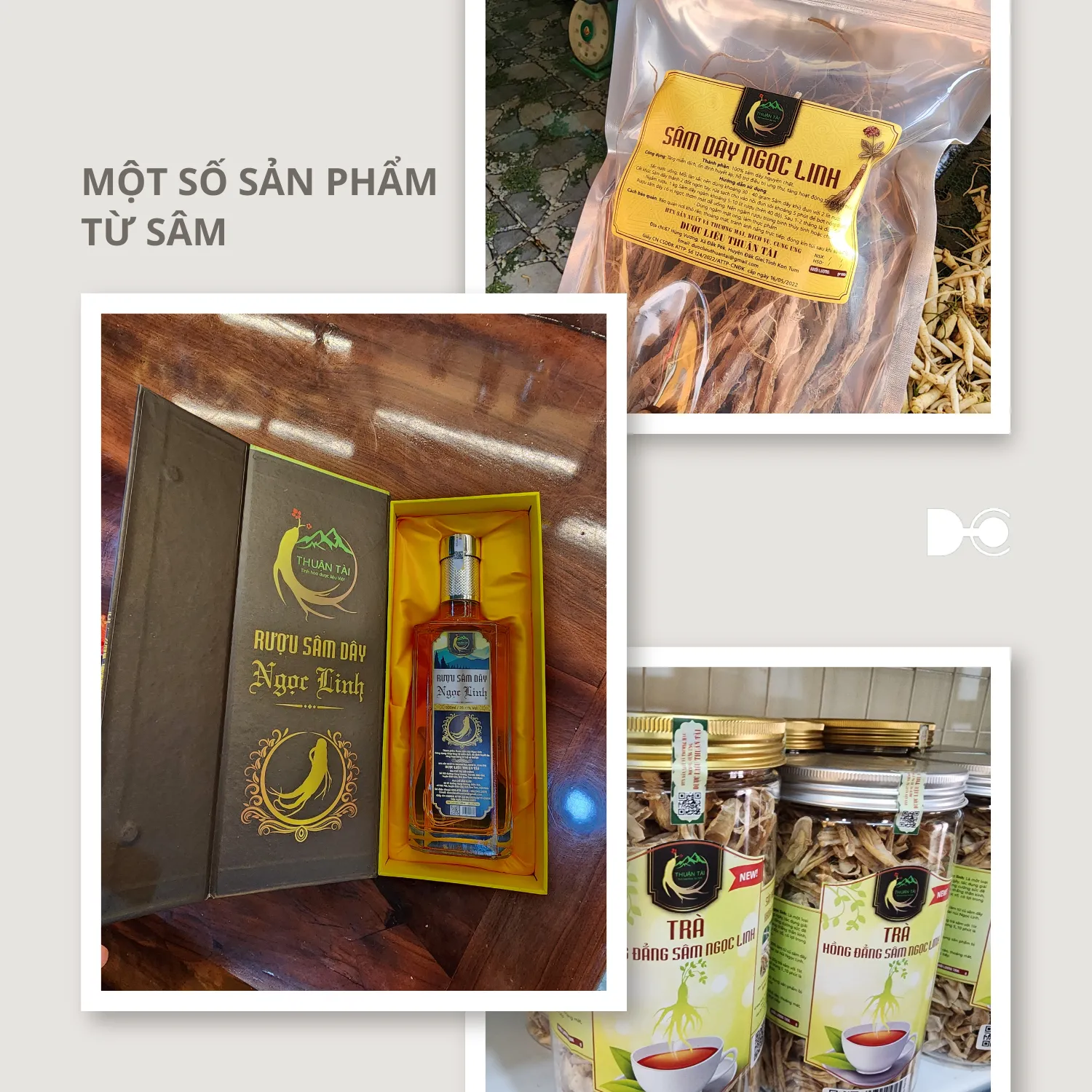
Consumer Stories: How Urban Housewives Are Starting to “Try” Ginseng
Urban households, especially housewives, are gradually starting to approach ginseng as part of their daily diet. Ginseng is no longer simply a luxury gift but has become a health care option, especially in the context of increasing health concerns, especially among the elderly.
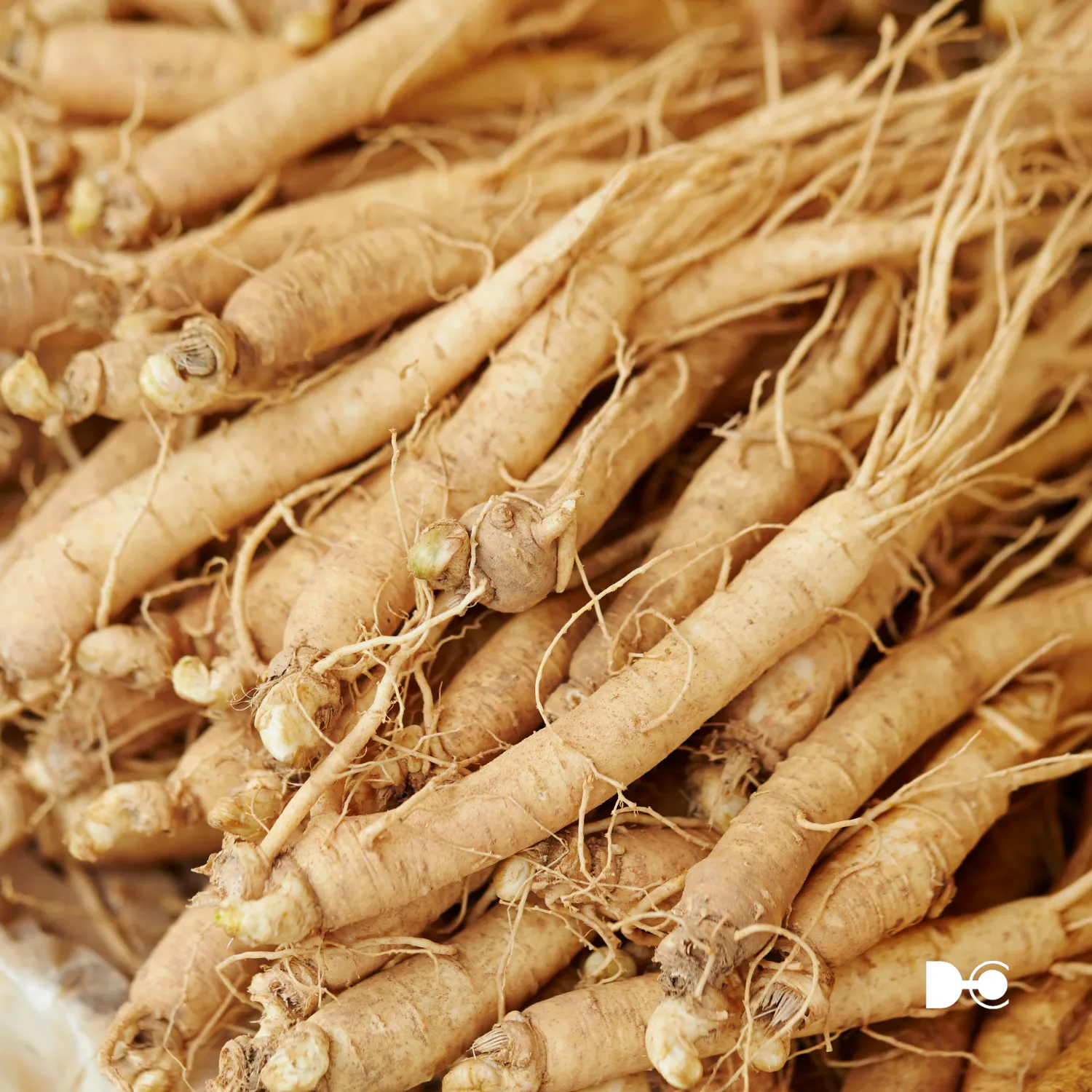
In fact, many housewives in the city have started using ginseng tea or mini ginseng extract for their family members. This is not only to support health but also as part of long-term care, especially for the elderly. They no longer have to worry about spending too much as before, and gradually consider ginseng as part of their daily diet.
In addition, ginseng has also begun to be used more in processed products, such as in functional foods or ginseng-added soft drinks. This is one of the steps to make this product more accessible to ordinary consumers.
The Price of Popularization: Is Quality Affected? Has Consumer Psychology Changed?
With the popularization of ginseng, the big question is whether the quality of ginseng will be affected when it becomes a widely consumed product. While products such as ginseng tea or ginseng lozenges are more accessible and affordable, should consumers worry about a decrease in quality? To produce cheaper products, is ginseng properly cared for and processed to ensure that the medicinal content such as saponin is still intact?
Consumer psychology is also changing. In the past, ginseng was considered an expensive, rare product, reserved for people with high incomes. Now, ordinary consumers are also starting to consider ginseng as part of their daily health care regimen. However, some consumers still have certain reservations when using cheap ginseng, fearing that it is not as good as high-end ginseng.
This requires manufacturers to ensure product quality, while maintaining transparency about the origin and processing to strengthen consumer confidence.
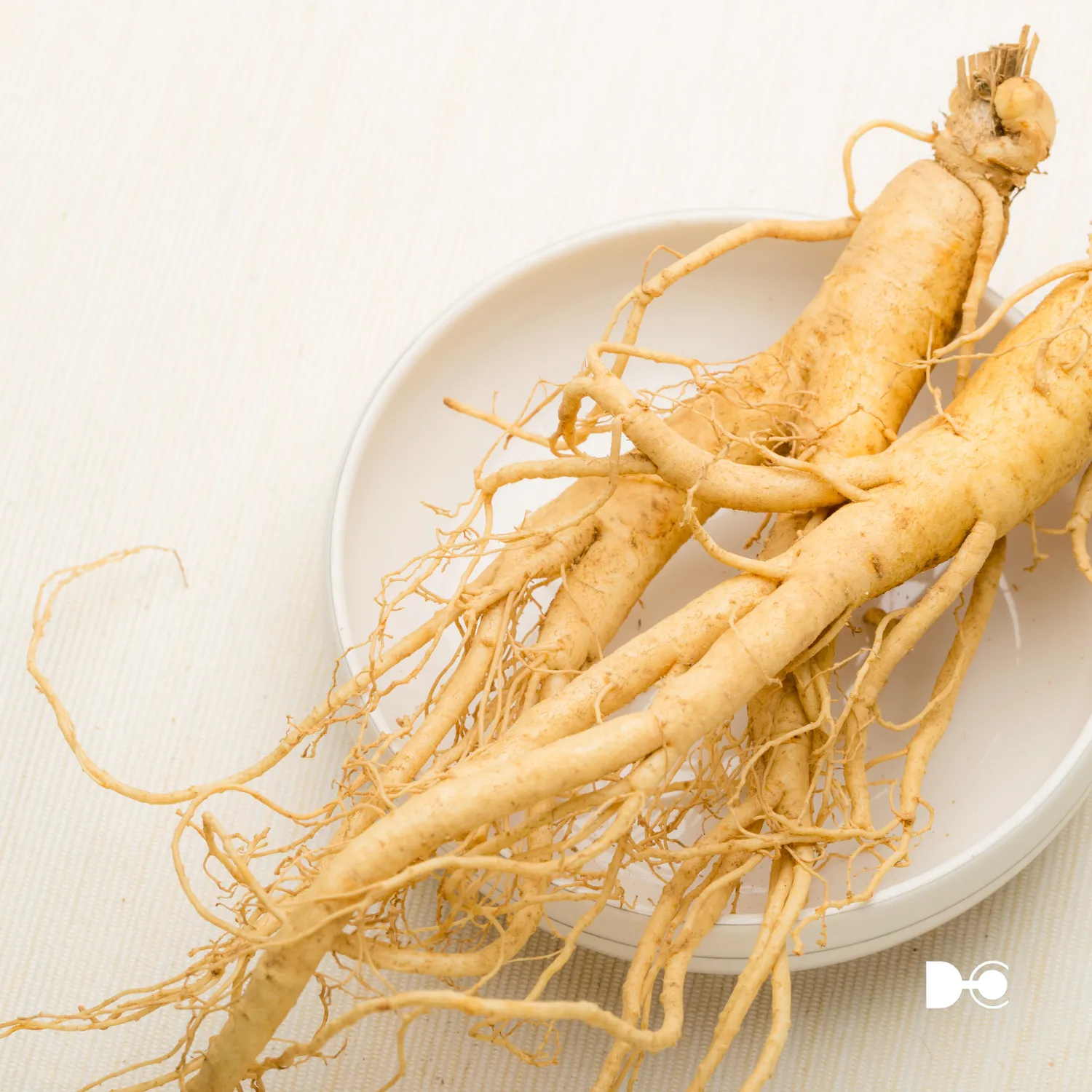
Conclusion
The journey of “popularizing” Vietnamese ginseng is gradually taking slow but real steps. From an expensive product for the upper class, ginseng has begun to appear in ordinary kitchens, becoming an indispensable part of the daily diet of many families. However, this transformation still faces many challenges, especially the issue of quality and consumer trust. Ensuring product quality and transparency in the production process will be the decisive factor for ginseng to truly become a potential consumer product for everyone.



